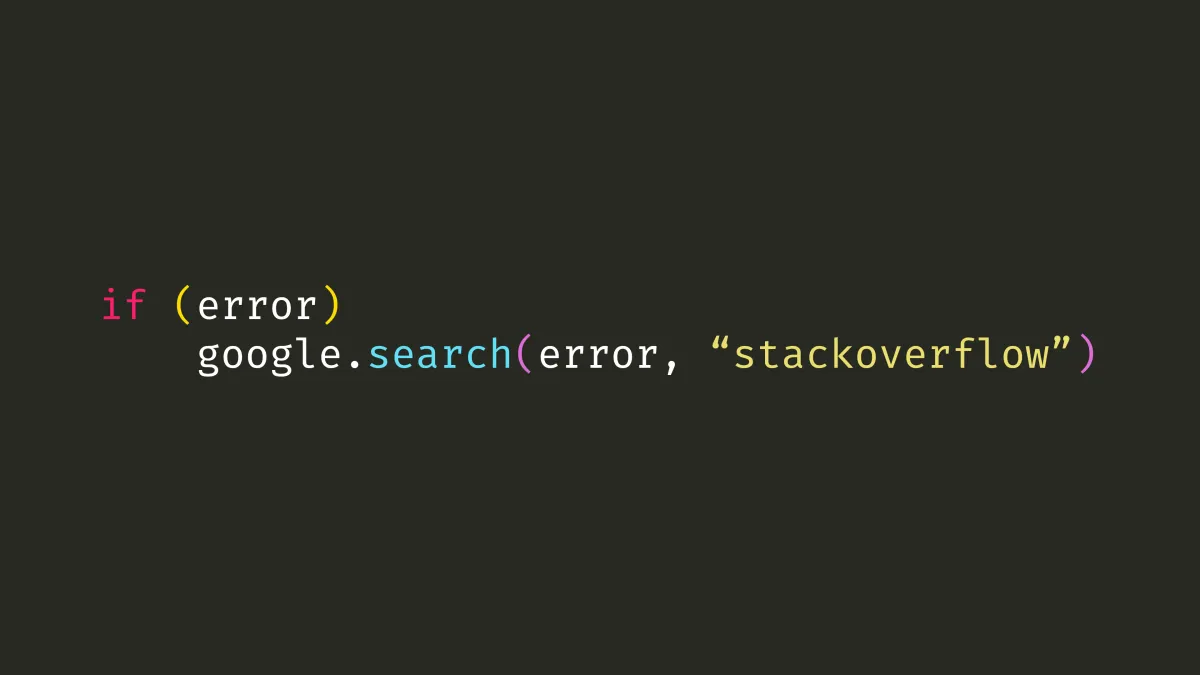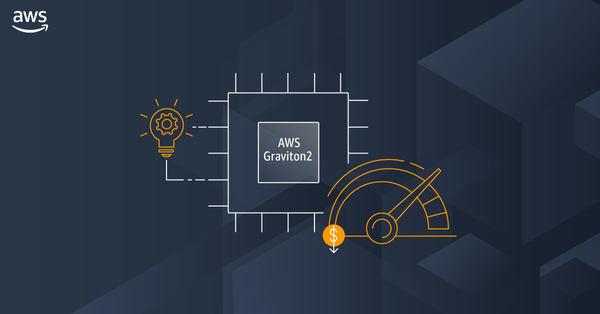Stack Overflows Explained
Stack Overflow is not only a platform for developers, but an actual bug as well. Let's discover what causes a stack overflow.

A stack overflow is a type of error that occurs when a program tries to use more memory than the stack can hold. In this blog article, we will explain what a stack is, how a stack overflow works, and how to prevent it.
What is a stack?
A stack is a data structure that stores information in a last-in, first-out (LIFO) order. This means that the last item that is pushed onto the stack is the first one that is popped off the stack. A stack is often used to store local variables, function parameters, and return addresses in a program.
A stack has a fixed size, which is determined by the operating system or the compiler. When a program starts, the stack is empty. As the program executes, it pushes and pops items onto and off the stack. The stack pointer is a register that keeps track of the top of the stack. The stack grows downwards, from high memory addresses to low memory addresses.
How does a stack overflow work?
A stack overflow occurs when a program tries to push more items onto the stack than it can hold. This can happen for several reasons, such as:
- A recursive function that does not have a base case or a termination condition. A recursive function is a function that calls itself. Each time a recursive function is called, it pushes a new stack frame onto the stack. A stack frame contains the local variables, parameters, and return address of the function call. If the recursive function does not stop calling itself, it will eventually fill up the stack and cause a stack overflow.
- A function that allocates too much memory on the stack. For example, a function that declares a large array as a local variable. If the size of the array exceeds the available space on the stack, it will overwrite the adjacent memory locations and cause a stack overflow.
- A buffer overflow that writes beyond the boundaries of a stack-allocated buffer. A buffer is a contiguous block of memory that stores a sequence of data. A buffer overflow is a type of vulnerability that occurs when a program writes more data to a buffer than it can hold. If the buffer is located on the stack, the excess data will overwrite the stack frames below it and cause a stack overflow.
A stack overflow can have serious consequences for a program, such as:
- A segmentation fault or a general protection fault, which is an error that occurs when a program tries to access an invalid or protected memory address. This can cause the program to crash or terminate abnormally.
- A corrupted stack, which can lead to unpredictable behavior or incorrect results. For example, a stack overflow can overwrite the return address of a function call, which can cause the program to jump to a wrong or malicious location in the code.
- A security breach, which can allow an attacker to execute arbitrary code or gain unauthorized access to the system. For example, a stack overflow can be exploited to inject malicious code into the stack and execute it by overwriting the return address of a function call. This is known as a stack-based buffer overflow attack.
How to prevent a stack overflow?
The best way to prevent a stack overflow is to use secure coding practices and tools, such as:
- Avoiding recursive functions or limiting the depth of recursion. A recursive function should have a clear base case or a termination condition that stops the recursion. Alternatively, a recursive function can be converted to an iterative function that uses a loop instead of recursion. ²
- Avoiding large or dynamic memory allocations on the stack. A function should not declare large arrays or structures as local variables. Instead, it should use dynamic memory allocation with the heap, which is another data structure that stores information in a random-access order. The heap has more space and flexibility than the stack, but it also requires manual memory management and error handling.
- Avoiding buffer overflows or using safe functions. A function should not write more data to a buffer than it can hold. It should also check the boundaries and the length of the buffer before writing to it. Alternatively, it should use safe functions that perform these checks automatically, such as strncpy instead of strcpy, or snprintf instead of sprintf.
- Using compiler flags or security features. A compiler can provide flags or options that can help detect or prevent stack overflows, such as -fstack-protector, -fstack-check, or -Wstack-usage in GCC. Some operating systems or platforms can also provide security features that can protect the stack from overflows, such as stack canaries, address space layout randomization (ASLR), or data execution prevention (DEP).
Conclusion
A stack overflow is a type of error that occurs when a program tries to use more memory than the stack can hold. It can cause the program to crash, behave unpredictably, or be compromised by an attacker. To prevent a stack overflow, a program should use secure coding practices and tools, such as avoiding recursion, large memory allocations, buffer overflows, and using compiler flags or security features.





